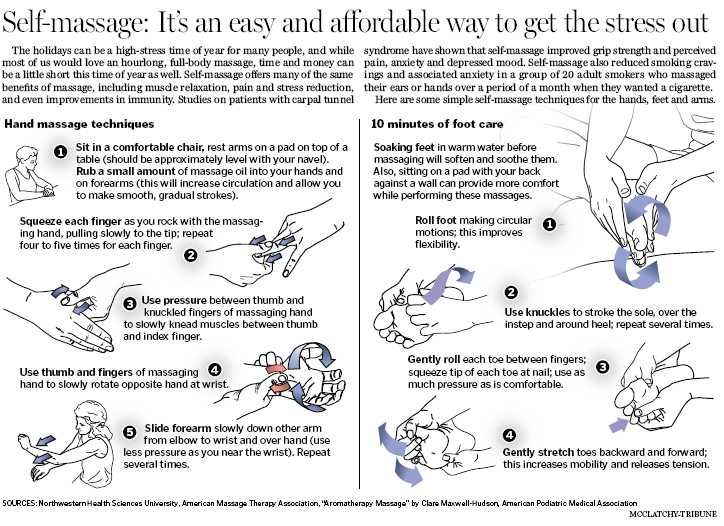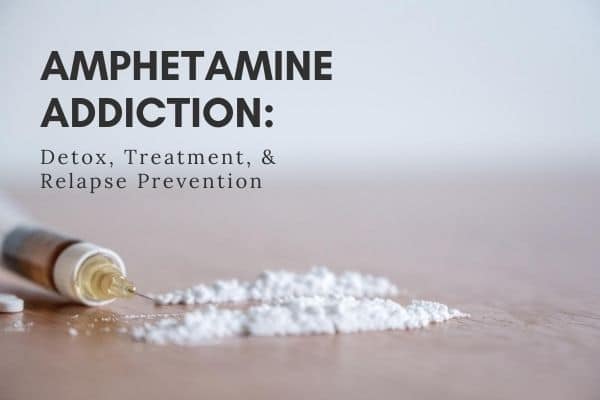Relaxation induced anxiety
Chilling out no help for those with relaxation-induced anxiety
Body Odd
People with relaxation-induced anxiety get stressed out when they begin to unwind, experts say.Getty Images StockBy Cari Nierenberg
You may be counting the days until you get your holiday R & R, but for some people, rest and relaxation is a scary thing. They freak out while chilling out.
The phenomenon, known as relaxation-induced anxiety, happens when people become anxious as a result of being relaxed. While it sounds contradictory, activities such as exercise, listening to music, or taking a vacation trigger anxious feelings.
"Someone with a fear of relaxation is able to initially relax," says Christina Luberto, a doctoral student in psychology at the University of Cincinnati, who has developed a questionnaire, known as the Relaxation Sensitivity Index, to examine this fear. "But once they start to feel relaxed, they begin to feel anxious as a result."
Instead of enjoying a bit of down time, their heart rate increases, their breathing speeds up, their muscles tense and they feel nervous and worried. Relaxing activities don't truly unwind them but rather make them feel wound up.
Relaxation-induced anxiety is a fear of relaxation itself or an increased fear that occurs not long after relaxation is achieved, explains Luberto.
For example, people with this fear may dislike getting a massage because they're frightened by the physical sensations it creates when tension gets released from their muscles and their neck and shoulders loosen up.
Or some might be scared of the mental aspects of chilling out, such as the unwanted thoughts that enter their heads when their minds quiet down. Still others may be afraid of the social consequences of doing relaxing activities, such as appearing lazy, feeling a loss of control, or worrying they're not relaxing "correctly.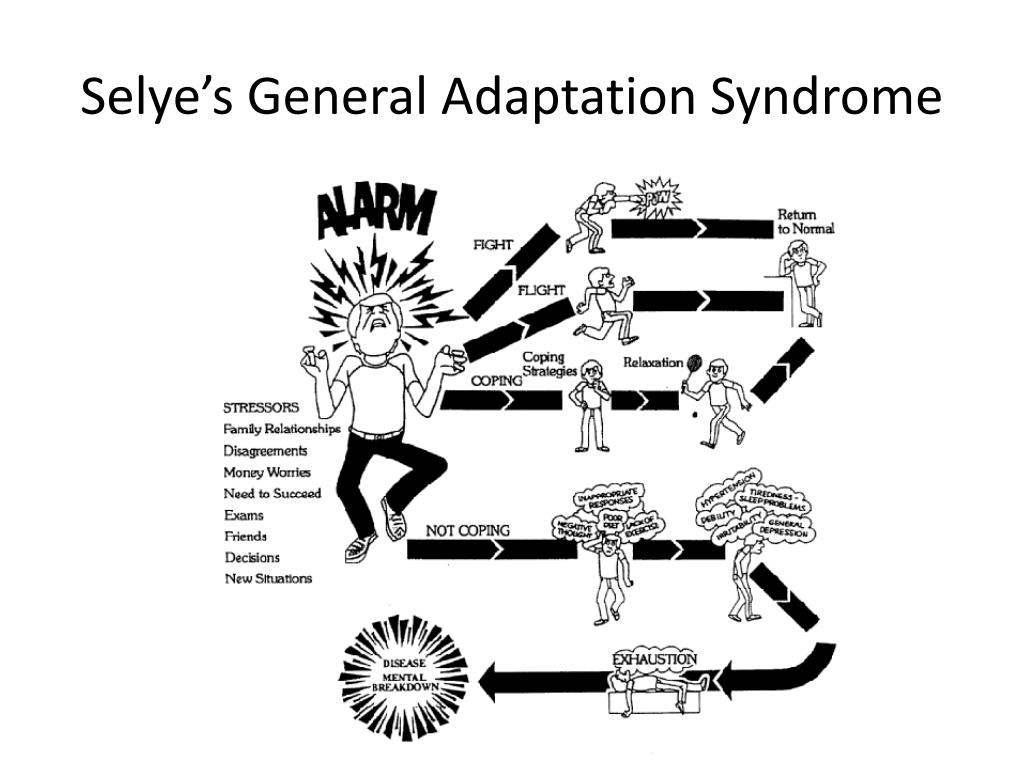 "
"
Luberto says relaxation-induced fears are relatively common based on a study involving 300 college students, most of whom were 21 years old, female and Caucasian.
Participants in the study were asked to rank on a scale of 0 to 5 statements such as "I worry that when I let my body relax, I will look silly" and "When my mind begins to wander, I worry that I might be going crazy." Luberto's preliminary findings revealed that about 15 percent of those tested experienced relaxation-induced anxiety.
While that number reflects the frequency of these fears in a group of relatively healthy young adults, Luberto says relaxation-induced fears may run as high as 50 percent among people with anxiety disorders. And there's not yet information on its frequency among individuals with other types of mood disorders or mental health problems.
Luberto is quick to point out that relaxation-induced anxiety isn't a diagnosis, and it doesn't necessarily require treatment unless this fear is interfering with a person's life.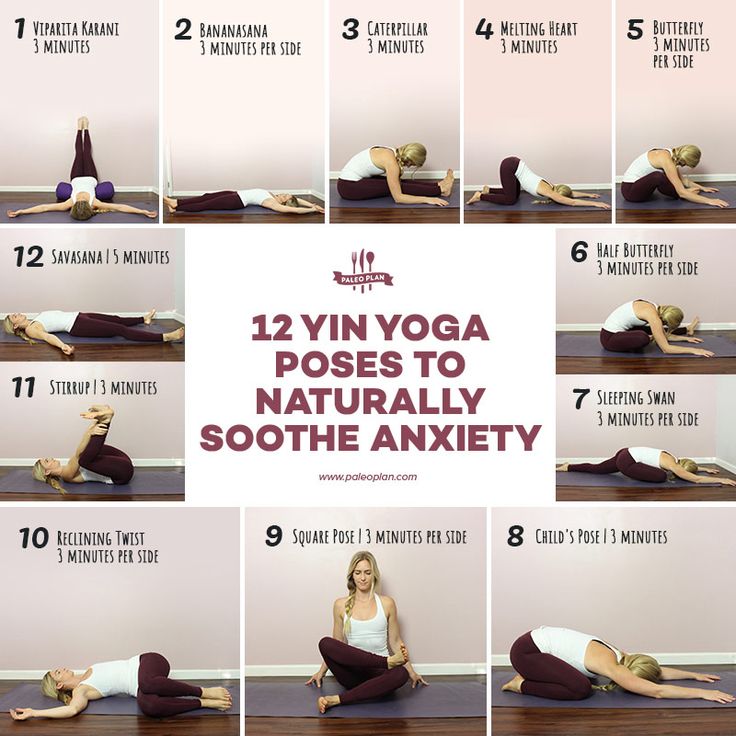
But since relaxation techniques are a common treatment for anxiety disorders, this would obviously be problematic for people with a fear of relaxation. You can't suggest deep breathing exercises or meditation as a remedy for anxiety if these techniques make the person feel more nervous, uncomfortable, and worried while doing them.
Luberto developed her questionnaire as a tool for mental health professionals to use when working with anxiety patients. It can help identify those who are afraid of relaxation and might need a different treatment option to successfully overcome this fear.
Cari Nierenberg
Relaxation Induced Anxiety: What To Do
After a long and stressful day, you set aside some time to sit and meditate. Your breathing deepens and your muscles relax, as you feel the tensions of the day melting away. Suddenly, your body tightens. Waves of panic wash over you in a storm of anxiety, and the feelings of relaxation vanish.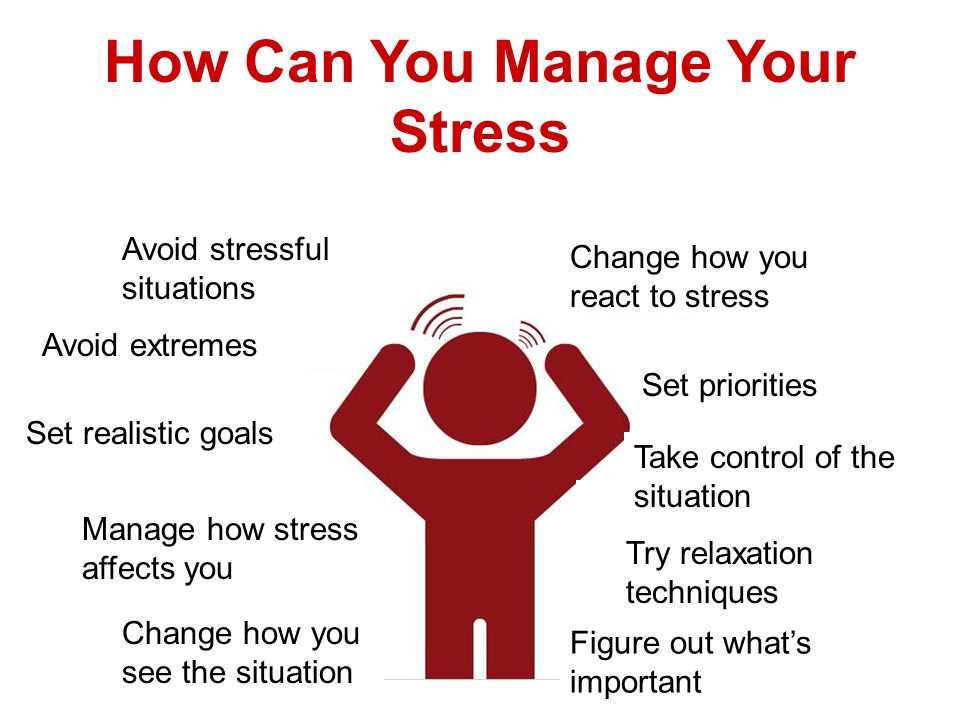 You come out of the meditation more stressed than you were beforehand. If this sounds familiar, then you might have suffered from relaxation-induced anxiety (RIA). Below we’ll explore what RIA is, how it feels, and several ways to deal with this type of anxiety.
You come out of the meditation more stressed than you were beforehand. If this sounds familiar, then you might have suffered from relaxation-induced anxiety (RIA). Below we’ll explore what RIA is, how it feels, and several ways to deal with this type of anxiety.
RIA is the unfortunate inability to unwind during conventionally relaxing activities (like meditating, hanging out with friends or watching TV), ultimately leading to heightened feelings of stress and agitation. For people experiencing RIA, the physical and mental sensations of relaxation (like a reduction in heart rate and muscle tension) counter-intuitively spur on more feelings of anxiety.
RIA’s not a recognised mental health issue, but rather is one of the many ways that clinical anxiety can manifest. Research suggests that around 15% of people with chronic anxiety experience symptoms of RIA. Which, of course, can be extremely frustrating; the activity that you hope can bring some relief to your life can end up making things worse.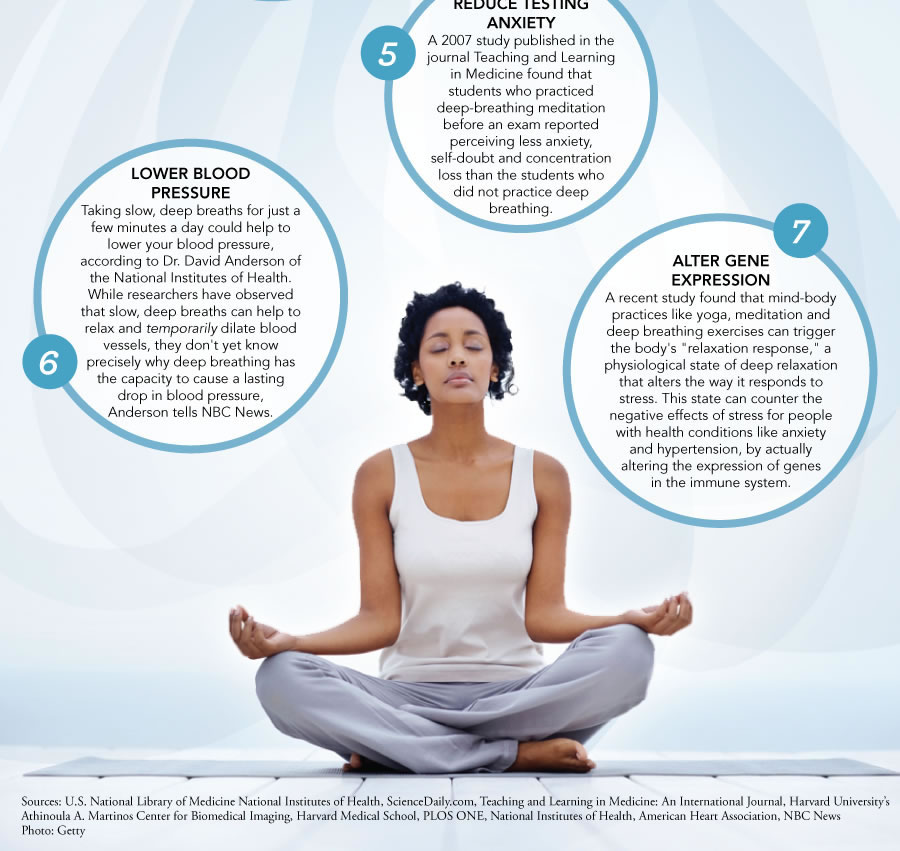
RIA Affects More People Than You Think
If you sometimes have trouble meditating, or find yourself unable to sit down and unwind, no matter what you do, then you are certainly not alone. Dr. Christina Luberto and her colleagues revisited the phenomenon, as research into RIA has been sparse since the 1980’s—when the term originally popped up in the literature.
Luberto concluded that 15% might be a very conservative estimate—their research estimates that RIA affects between 17-53% of the chronically anxious population. On top of this, they’ve found that RIA is prevalent even if you don’t suffer from clinical anxiety.
Shocked by the amount of people that are potentially affected by RIA, Luberto sought to properly classify and identify the source of the problem. In 2012, Luberto developed the Relaxation Sensitivity Index, a questionnaire designed to probe exactly what part of an activity can trigger anxious thoughts and feelings. The index is made up of statements like:
- “I don’t like to relax because it makes me feel out of control”
- “It scares me when my body feels relaxed”
- “I avoid slowing down and relaxing so that I don’t have to think about certain things”
Based on this index, RIA is characterised by resisting thoughts and feelings that are generally associated with being relaxed.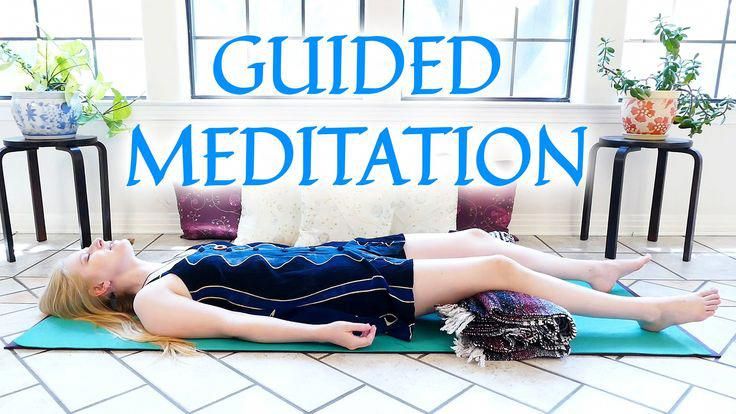 These thoughts and feelings—like your heart rate slowing down and your mind wandering—are then met with classic symptoms of anxiety.
These thoughts and feelings—like your heart rate slowing down and your mind wandering—are then met with classic symptoms of anxiety.
So this then begs the question: how can we fight feelings of anxiety if relaxing activities just make the feeling worse?
Read more: Another anxiety-related phenomenon affecting many people’s lives is morning anxiety. Psychotherapist Andrea Wachter outlines two scenarios of dealing with anxiety in the morning.
Techniques To Reduce Relaxation-Induced Anxiety
Although the general cause of RIA is still unknown, more holistic research into mind-body interventions are growing. With this comes more ideas that can help win the battle against RIA. Below we’ll explore a few techniques that can be useful to settle your mind and body, and finally unwind in a positive way.
1. Ground Yourself
One theory poses that RIA is characterised by intrusive and negative thoughts that are unrelated to the current activity.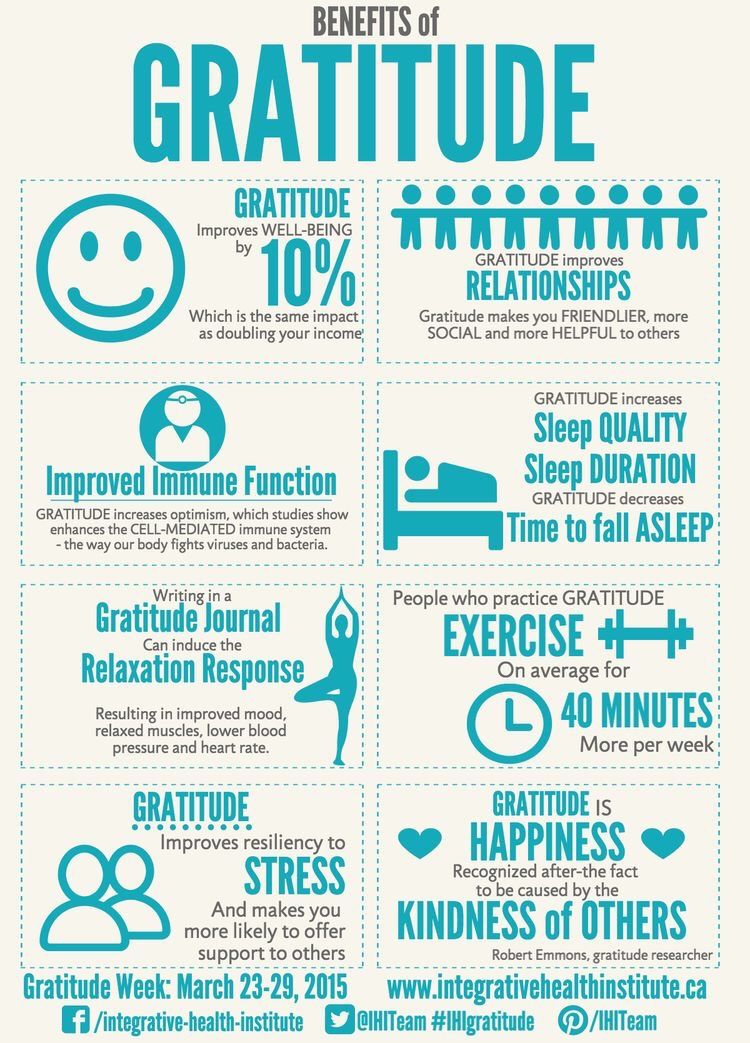 This leads to one becoming preoccupied with the distracting thoughts, which impedes the ability to relax. Take this as an example:
This leads to one becoming preoccupied with the distracting thoughts, which impedes the ability to relax. Take this as an example:
You’re settling down to watch your favourite programme. Suddenly a thought pops into your head: “My gas bill’s due tomorrow”. This causes your stomach to drop as it leads to another thought: “What if I can’t make my rent this month?” Your mind has now been hijacked by worrisome thoughts, which steers your attention away from the programme. The negative thoughts snowball, and your body responds with physical symptoms of anxiety. You’re now halfway through the programme, but your body and mind are inconceivably stressed.
Fortunately, there may be a way to counteract these thoughts. A common way to allow your mind to return to the present—to the relaxing activity you want to be involved with—is to ground yourself. This means that you bring awareness to the moment and are conscious of your surroundings.
A common technique is the 54321 grounding method, which encourages you to tap into your primary senses.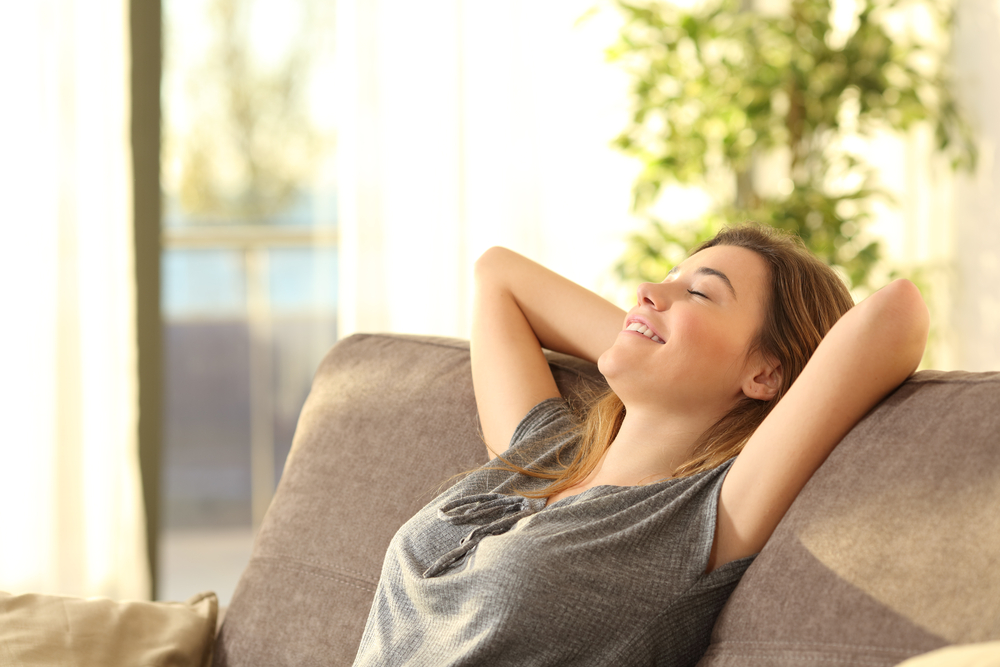 The method is as follows:
The method is as follows:
- Name 5 things you see around you
- Name 4 things you can touch
- Name 3 things you can hear
- Name 2 things you can smell
- Name 1 thing you can taste
By grounding yourself with this method, you can prevent yourself getting swept up in anxious thoughts, which can help your mind remain focussed on the present and relaxing moments at hand. You can find two guided audio versions of this exercise in our playlist below.
Read more: In this article, we explore several breathing techniques for anxiety and delve deep into the reasons why these simple exercises can be so powerful.
2. Exercise Loving-Kindness
Another reason why RIA may be more prevalent nowadays could stem from perceived social pressures. An accelerated lifestyle dominates Western society; we are particularly goal-driven, highly individualistic, and always seek to achieve. With this comes the fear of being judged as lazy if we seek time to unwind, which brings about anxious thoughts and sensations.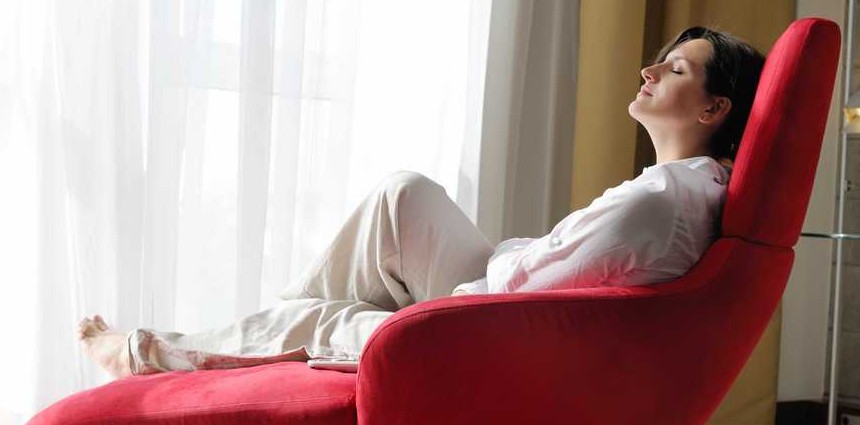 However, we may not be fully aware of this. Many of these negative self evaluations stem from unconscious thoughts, which makes it difficult for us to understand why we may feel so anxious.
However, we may not be fully aware of this. Many of these negative self evaluations stem from unconscious thoughts, which makes it difficult for us to understand why we may feel so anxious.
To reverse this negative evaluation, it may be useful to try and practice loving-kindness towards yourself. Loving-kindness, or metta bhavana, allows you to cultivate a greater sense of forgiveness and compassion. Consciously practising loving kindness to yourself may be the antidote to unconscious negative self-judgements.
To develop loving kindness, try these steps:
- Carve out a few minutes of the day when you won’t be disturbed, and sit in a peaceful setting.
- Imagine yourself basking in warmth and wellness—this could be a memory that resonates with you, or it could simply be imaging the warmth of the sun on your body.
- Repeat a mantra—a positive recurring phrase—to yourself. This could be anything, but a common one is “May I be well, may I be happy.”
- Let this feeling envelop you, and if your mind wanders, just slowly steer it back towards the sensation of warmth and wellness.
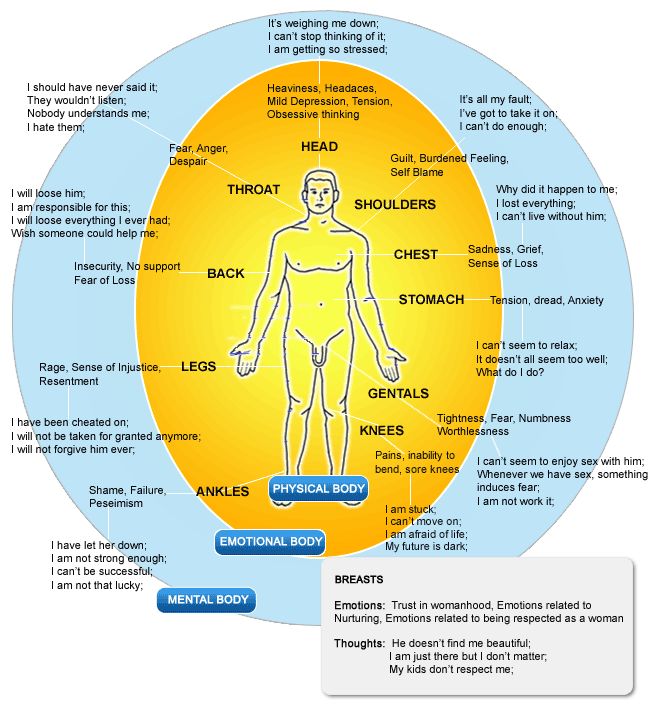
At first, this may be difficult. Below we’ll explore why it’s necessary to go as slow as possible with this technique. But if you form a daily practice, you’re on the path to cultivating more self-compassion that can help you in the fight against RIA.
We have handpicked some guided exercises that can be helpful to counteract relaxation-induced anxiety. Discover two guided 54321-exercises, a loving-kindness meditation for anxiety as well as other SOS practices:
- Grounding Exercise For Panic & Anxiety (54321 Exercise) Elizabeth Tyrpak 3:50
- Grounding Into The Present (54321 Exercise) Kaylee Misener 5:59
- Metta Meditation for Anxiety & Resentment Rachelle Tersigni 21:13
- SOS for Anxiety and Overwhelm: 4-7-8 Breathing Technique Melissa Bennett 8:00
- SOS Anxiety Release Dr. Irene Cop 4:22
- Three Part Breath Katia Tallarico 10:00
3. Go Slow And Relax For Short Periods Of Time
Another theory explains that relaxation-induced anxiety is caused by an inability to “let go”. People suffering from RIA strongly associate the feelings that accompany relaxation with a lack of control. This lack of control then initiates a stress response causing them to experience anxiety.
To counteract these feelings of helplessness, you may consider doing relaxing activities in much smaller chunks. For example, people that experience RIA during meditation often practice for long periods at a time, which can be counterintuitive. Rather than trying to meditate for as long as possible, try to do 5-10 minutes at a time. Then, you may experience the initial relaxing feelings, and if anxiety kicks in, you simply stop.
Rather than trying to meditate for as long as possible, try to do 5-10 minutes at a time. Then, you may experience the initial relaxing feelings, and if anxiety kicks in, you simply stop.
By gently exposing yourself to a relaxing activity like meditation, you slowly become used to the physical and psychological sensations of relaxation, allowing you to feel more and more comfortable in those activities.
Read more: Explore various one-minute meditations that you can easily apply to your day and hep to expand your practice.
Whatever Works For You
Ultimately, it’s down to you how you choose to counteract RIA. However, these techniques revolve around one focal ability—mindfulness.
Adopting mindfulness into your everyday, whether on or off the cushion, is a step closer to successfully managing RIA. By cultivating an acute sense of awareness of your thoughts, feelings and sensations, you are developing the ability to stop relaxation-induced anxiety in its tracks and start savouring the things that make life so enjoyable.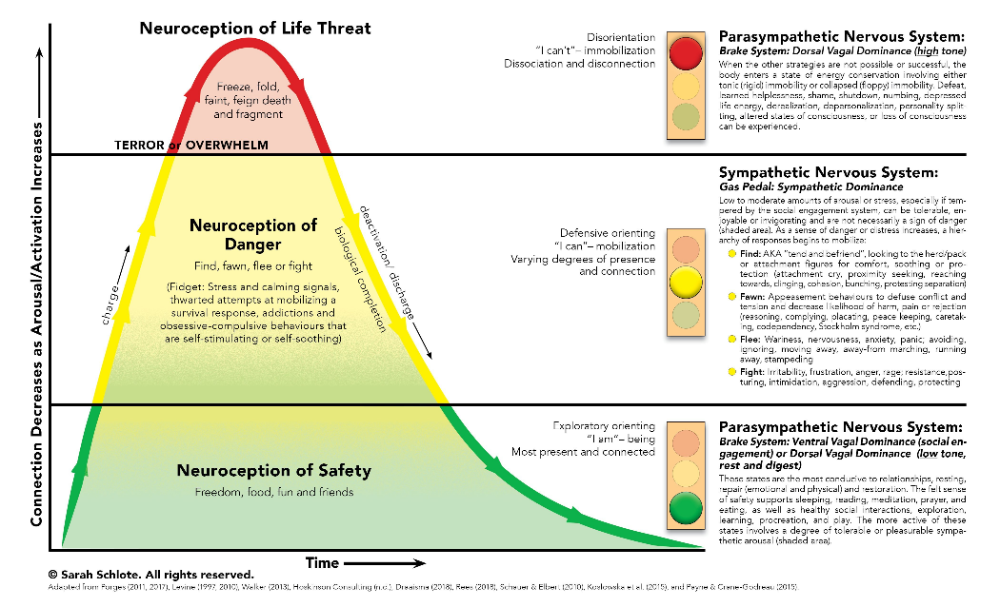
Discover our large free collection of meditation for anxiety that can help to focus on staying in the present moment and seeing a situation for what it is.
How to cope with anxiety: 7 ways to help ‹ GO Blog
Anxiety is an emotional state caused by the expectation of danger or threat. While fear is a basic human emotion associated with the instinct of self-preservation, and appears directly at the moment of danger.
The terms "fear" and "anxiety" are not synonymous, but they can be used interchangeably when it comes to situational anxiety (state at a given moment in time). nine0006
In the normal state, the self-preservation function encourages action, but there are also moments of apathy when anxiety intensifies.
We will tell you how to cope with anxiety on your own and determine its level in yourself.
How to measure the level of anxiety
American psychologist Charles Spielberger studied more than 117 signs of human anxiety and created a scale to determine its level.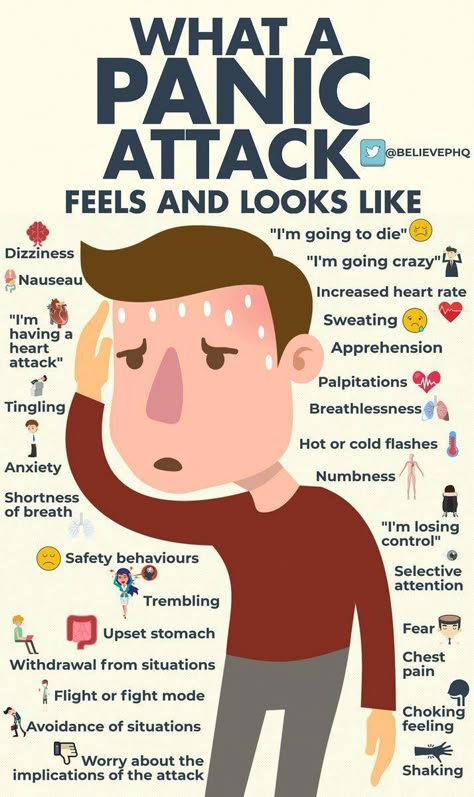 His "assessment of the level of anxiety" is divided into situational and personal. Situational is responsible for the state at a given moment in time and the influence of external circumstances - for example, self-isolation. Personal - character of a person. nine0003
His "assessment of the level of anxiety" is divided into situational and personal. Situational is responsible for the state at a given moment in time and the influence of external circumstances - for example, self-isolation. Personal - character of a person. nine0003
To determine “your level” of anxiety, you can take a test of 40 short questions.
What causes anxiety
The main factors that provoke increased anxiety in us are loneliness, problems at work, problems in relationships, health, environment and all sorts of conflicts.
Our way of life also has a great influence. For example, we are more likely to experience anxiety states if we are constantly on the phone or watching the news on TV. Digital progress has certainly made our life faster and better, but we pay for this comfort with an additional level of stress, new fears and complexes due to the large flow of news. nine0003
Try to minimize the number of hours spent on the Internet. Go outdoors, read, do yoga, cook, cross-stitch, build LEGOs – there are so many more options than you might think.
Stages of anxiety
— Waiting alarm. People who foresee the most unfavorable of all possible situations suffer. Such anxiety can appear at certain moments or haunt a person constantly.
- Anxiety in the form of phobias is associated with certain situations and objects. For example, fear of loneliness, spiders or darkness. May be a clinical case if expressed in the form of panic attacks.
- Neurotic anxiety. This form of anxiety is the most serious and is found in many psychological diseases: hysterical, schizoid. There is a pathological level of fear here that destroys a person's mental health.
The whole planet is now in fear of waiting due to the incessant flow of news and uncertainty. "Fear of waiting" or "free fear" is formed due to the information flow in which we are constantly immersed. The tools that help to cope with situational anxiety, which has no connection with clinical cases, will be described below. nine0003
False alarm
Feelings of fear are easy to confuse, so before we talk about how to get rid of anxiety, we will learn how to identify it.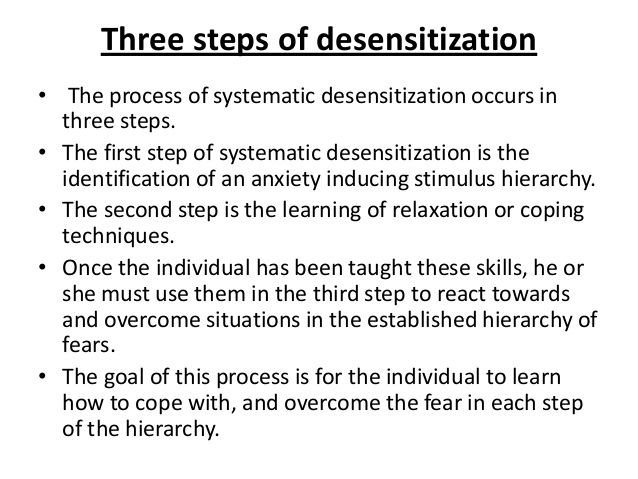
There are situations when we do not distinguish between emotions, so the so-called "false alarm" is formed. In this case, the first thing psychologists can advise is to learn how to isolate anxiety from a large stream of other emotions. Observe for yourself - in what situations you are overcome by anxiety. Divide these situations into those in which anxiety is justified and those where it is not. nine0003
For example, you are on a bus and as you approach the bus stop, you are overtaken by a feeling of anxiety. On the one hand, this may be due to fear that you will miss your stop, or a sense of shame, as it is embarrassing to ask the driver to stop the car.
Another example is when you want to ask the teacher in class, but you are afraid to raise your hand. This fear may arise from self-doubt and the expectation that classmates will laugh at you.
Sometimes anxiety is born from some other feelings, such as shame or insecurity. Realizing this and overcoming it, you no longer have a reason for concern, and with it the state of anxiety disappears. nine0003
nine0003
How to deal with anxiety
Detail
Anxiety often arises from uncertainty in actions and feelings. First, try to find out what causes anxiety. For example, you are worried about being fired from your job. Before you panic, look at the facts: look at the state of the market and the area in which your company operates, evaluate the workload at work now and predict the task plan for the next month. And this applies not only to work, but to any area in which you feel anxiety. nine0003
Usually such an exercise helps to see the true picture. If you understand that while everything is under control, you can exhale, if not, proceed to your detailing. Write out a detailed plan of action that will help you avoid uncertainty and tell you how to act in any situation:
-
Write down what skills you have and where they can be useful. For example, being an illustrator or photoshop, having a driver's license and owning a car, copywriting skills, etc.
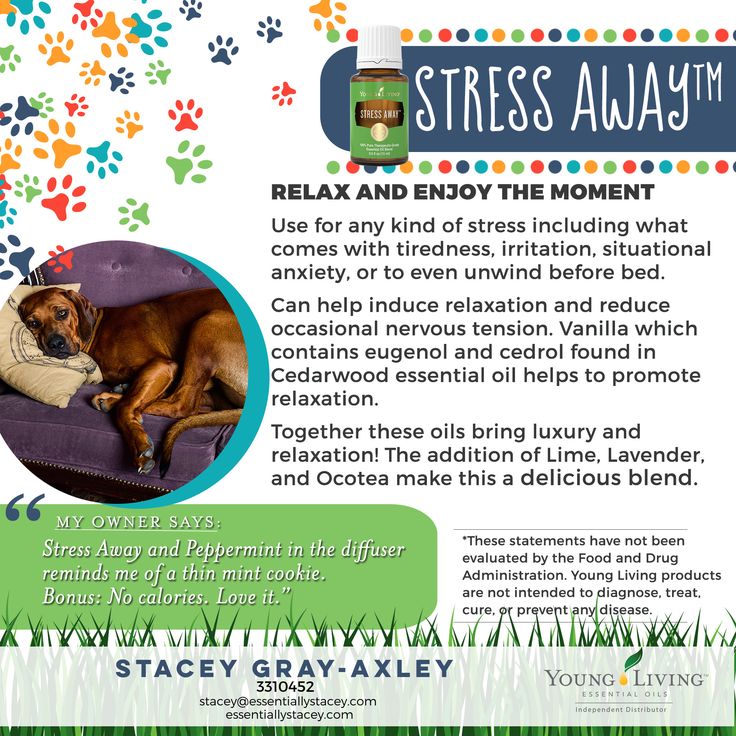 nine0003
nine0003 -
Edit your resume and prepare some cover letters to the employer about yourself.
-
Create your own range of services, from the most preferred activities to the least interesting.
-
Leave a list of potential employers to whom you can offer your services. The bigger, the better.
-
Write to them!
The work done will help you feel more confident and have a plan for coping with a crisis. nine0003
Sometimes anxiety arises from the conviction that we will not cope with this or that action. A visual picture of your skills will always help to believe in yourself. When you read your list, you will realize that you can achieve a lot, despite the circumstances.
Read more: "Transferable skills are the key to career success - here's how to develop them and make them stand out on your resume"
Use exposure therapy
A complex combination of words with a simple meaning - a face-to-face encounter with one's problem.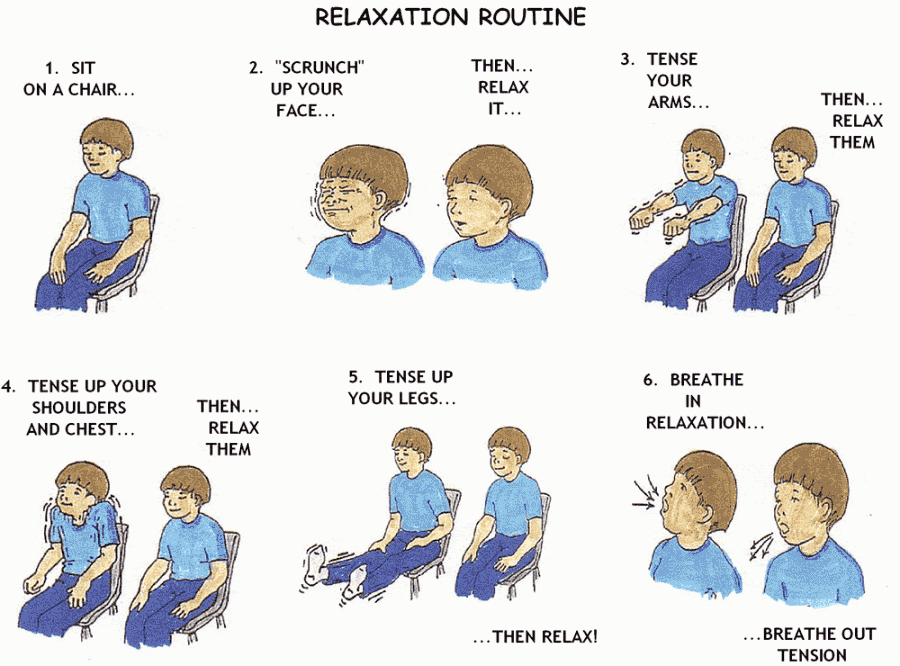 It is important to understand that this is NOT a fight against a problem. The point is to acknowledge the existence of anxiety, not to get rid of it completely.
It is important to understand that this is NOT a fight against a problem. The point is to acknowledge the existence of anxiety, not to get rid of it completely.
Don't ignore things that make you feel anxious. For example, to move up the career ladder, you need to learn English, but you haven’t opened your textbook for three days and you constantly scold yourself for it. This lowers your self-esteem and increases your anxiety about your success at work and in life. nine0003
Give yourself a full day of rest without worries or self-criticism. Imagine that this is an official vacation or vacation. And then gradually get down to business: you can start with one page of English text per day or a five-minute video. Gradually, you will accustom your body to the load and develop a habit.
Keep a sleep schedule
It is during sleep that growth hormone is produced, which is responsible for the restoration of our body, including the nervous system. Especially if we go to bed before 12 o'clock at night.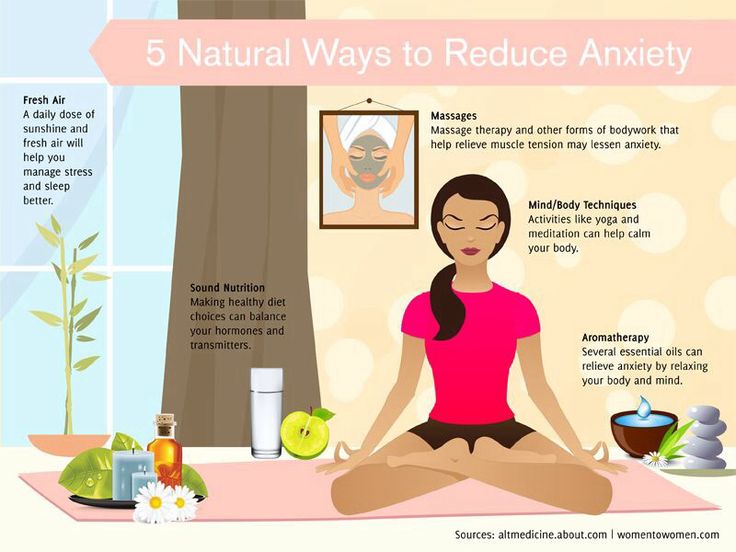 nine0003
nine0003
The BBC TV show Trust Me I'm a Doctor, in collaboration with the University of Oxford, did a little experiment on how sleep affects our psychological state. The study involved people who are distinguished by "strong sleep". During the experiment, the participants were given conditions: in the first three nights they had to sleep for 8 hours, which is the norm, and the next three nights - for 4 hours. Every day, the subjects answered questions that helped determine changes in their psychological state, behavior and emotions. The results showed that after two nights of sleep deprivation, negative emotions began to predominate in the subjects, as well as an increase in distrust of others and aggression. nine0003
The study also shows that insomnia is not always the result of mental disorders, sometimes it is lack of sleep that provokes the appearance of psychological problems.
Switch
It is important to periodically switch from one activity to another - for example, from physical activity to mental activity. So, when you go in for sports, there is a restoration of brain functions due to the supply of oxygen. And with mental stress, the muscular system is restored by improving blood flow in the muscles. nine0003
So, when you go in for sports, there is a restoration of brain functions due to the supply of oxygen. And with mental stress, the muscular system is restored by improving blood flow in the muscles. nine0003
A simple alternation of work and study with a little physical activity will improve the functioning of the body's metabolic processes, and at the same time speed up the restoration of the nervous system, contributing to its strengthening.
Meditate and breathe
Meditation and breathing are sure helpers in overcoming psychological instability. A Johns Hopkins University study found a relationship between meditation practice and reduced symptoms of depression and anxiety. The team of researchers found that the effect of meditation is comparable to the effect of depressants - in this case, being a more useful solution to the problem, as it does not cause side effects. Meditation also helps to switch the work of the brain and focus on yourself, and not on the "noise" around. nine0003
nine0003
Breathing techniques are equally beneficial: they improve blood circulation and help to speed up the overall metabolism. Also, the deep breathing technique, combined with relaxation exercises, reduces nervous tension well.
Abstract
Routine helps reduce anxiety. Engage in hobbies, watch movies, clean up, play sports - try to periodically disconnect from the news flow and take time for yourself and your body. nine0003
Read more: TV Series for Learning English: Top 10 TV Shows
If your anxiety persists, see a doctor - this way, you can quickly understand yourself and solve internal problems! Do not forget that your health is the most valuable thing and going to a specialist is an act that you do primarily for yourself.
Sleep disorders in anxiety and anxiety-depressive disorders | Kovrov G.V., Lebedev M.A., Palatov S.Yu., Merkulova T.B., Posokhov S.I. nine0001
In clinical practice, sleep disorders are usually associated with anxiety and depression. Existing studies show a close relationship between sleep disorders and anxiety and depressive disorders [1, 2]. A clear dependence of the severity of the course of both groups of diseases on concomitant sleep disorders was shown [1]. In general somatic practice, the prevalence of insomnia reaches 73% [3], in borderline psychiatry, clinically defined insomnia occurs in 65%, and changes in nocturnal sleep according to polysomnography are noted in 100% of cases [4]. nine0003
Existing studies show a close relationship between sleep disorders and anxiety and depressive disorders [1, 2]. A clear dependence of the severity of the course of both groups of diseases on concomitant sleep disorders was shown [1]. In general somatic practice, the prevalence of insomnia reaches 73% [3], in borderline psychiatry, clinically defined insomnia occurs in 65%, and changes in nocturnal sleep according to polysomnography are noted in 100% of cases [4]. nine0003
Combination of sleep disorders and anxiety disorders
It is known that the relationship between sleep disorders and anxiety disorders is noted, on the one hand, when sleep disorders can provoke the development of anxiety disorders [5], and on the other hand, when the onset of an anxiety disorder precedes the onset of sleep disorders. Complaints about problems associated with sleep are typical for patients with all diseases included in the group of anxiety disorders. In the case of major generalized disorder and post-traumatic stress disorder (PTSD), sleep disturbances are one of the criteria required for a diagnosis.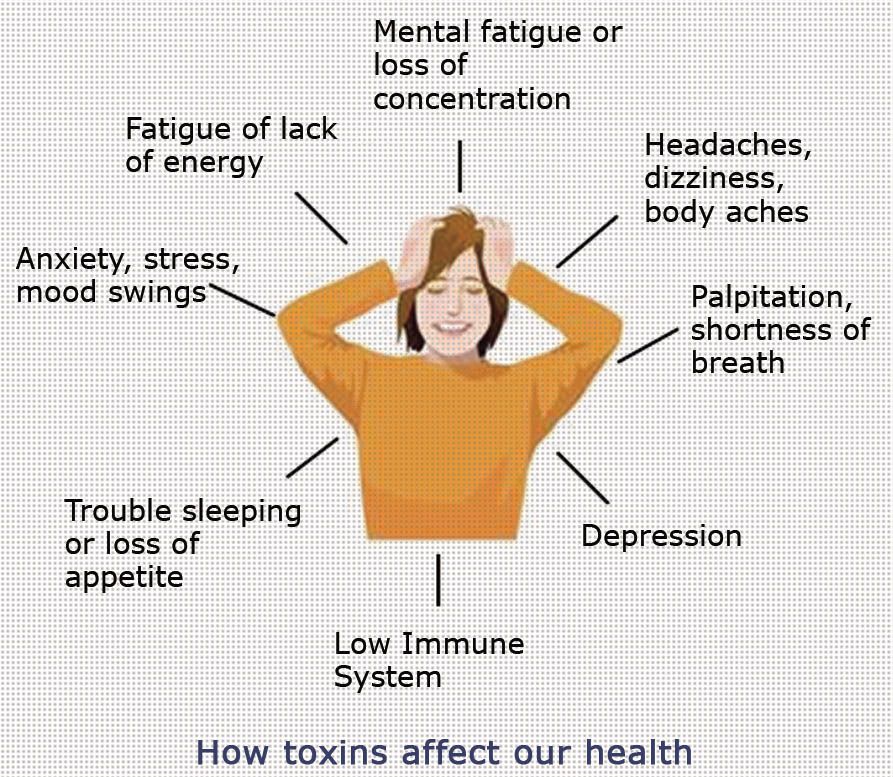 There are objective reasons for the development of sleep disorders within anxiety disorders, namely: anxiety is manifested by increased cortical activation, which entails the difficulty of falling asleep and maintaining sleep. nine0003
There are objective reasons for the development of sleep disorders within anxiety disorders, namely: anxiety is manifested by increased cortical activation, which entails the difficulty of falling asleep and maintaining sleep. nine0003
In the clinic, anxiety is manifested by anxiety, irritability, motor excitation, decreased concentration of attention, increased fatigue [6].
The most striking manifestation of anxiety disorders is generalized anxiety disorder (GAD), which is diagnosed on the basis of the presence of at least 3 of the following symptoms: restlessness, fatigue, difficulty concentrating, irritability, muscle tension, sleep disturbances. The duration of the disease should be at least 6 months, the symptoms should cause psychosomatic discomfort and / or social disadaptation. nine0003
Sleep disorders in this situation are one of the 6 diagnostic criteria for GAD. The main symptom of GAD, excessive, persistent anxiety, is a major predisposing factor in the development of insomnia. Insomnia and GAD are closely related, usually comorbid disorders. The difference between insomnia in anxiety disorder and primary insomnia, not associated with other diseases, is the nature of the experiences in the process of falling asleep. In the case of GAD, the patient is concerned about current problems [7] (work, study, relationships), which hinders the process of falling asleep. In the case of primary insomnia, the anxiety itself is caused by the disease itself. nine0003
Insomnia and GAD are closely related, usually comorbid disorders. The difference between insomnia in anxiety disorder and primary insomnia, not associated with other diseases, is the nature of the experiences in the process of falling asleep. In the case of GAD, the patient is concerned about current problems [7] (work, study, relationships), which hinders the process of falling asleep. In the case of primary insomnia, the anxiety itself is caused by the disease itself. nine0003
A polysomnographic study can reveal changes characteristic of insomnia: increased time to fall asleep, frequent awakenings, reduced sleep efficiency, and a decrease in its total duration.
Another striking example of anxiety disorders is panic disorder, which is manifested by recurrent states of severe anxiety (panic). Attacks are accompanied by phenomena of depersonalization and derealization, as well as severe autonomic disorders. In the behavior of the patient, avoidance of situations in which the attack occurred for the first time is noted.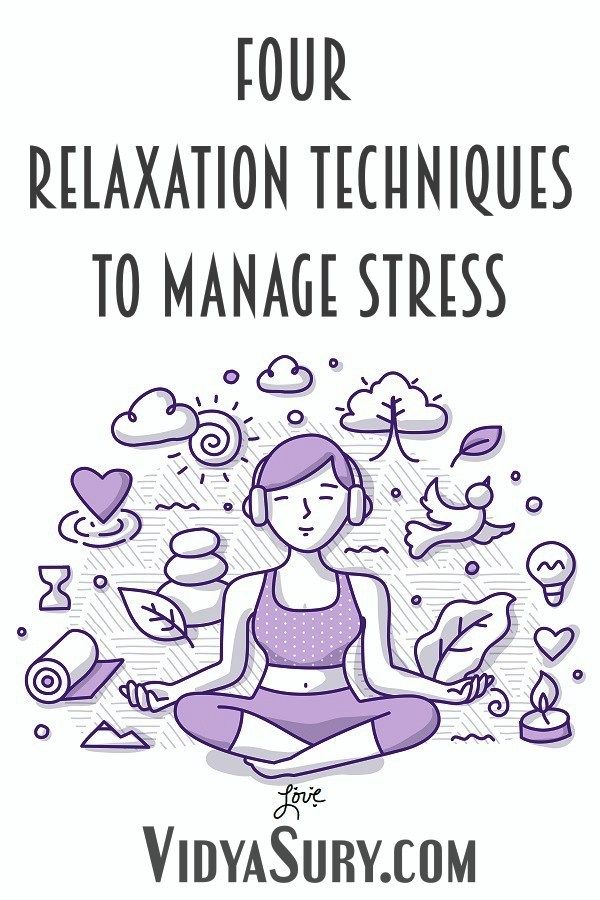 There may be a fear of loneliness, a repetition of the attack. A panic attack occurs spontaneously, outside of formal situations of danger or threat. nine0003
There may be a fear of loneliness, a repetition of the attack. A panic attack occurs spontaneously, outside of formal situations of danger or threat. nine0003
Panic disorder is more common in women and typically begins around the age of 20. A hallmark of panic disorder are spontaneous episodes of panic attacks, characterized by bouts of fear, anxiety, and other autonomic manifestations. About 2/3 of patients with this disorder experience some form of sleep disturbance. Patients complain of difficulty falling asleep, non-restorative sleep, and characteristic nocturnal panic attacks. It should be noted that the presence of certain problems associated with sleep can lead to aggravation of anxiety disorders, including panic disorder. nine0003
Polysomnographic examination can detect frequent awakenings, reduced sleep efficiency and a reduction in its total duration [8]. It is not uncommon to see depression coexisting with anxiety disorders, and it is possible that the presence of other changes in sleep patterns in patients with panic disorder is associated with comorbid depression, and therefore the diagnosis of depression should be ruled out in patients with similar sleep disorders.
The sleep paralysis characteristic of narcolepsy can also occur with panic disorder. It is a movement paralysis that occurs during falling asleep or waking up, during which patients experience fear, a feeling of pressure in the chest, and other somatic manifestations of anxiety. This symptom also occurs in patients with post-traumatic stress disorder.
Nighttime panic attacks are a common occurrence in this disease [9]. They are manifested by a sudden awakening and all the symptoms characteristic of panic attacks. Awakening occurs during the phase of non-REM sleep, which most likely excludes their connection with dreams. It was also found that nocturnal attacks are an indicator of a more severe course of the disease. It must be remembered that patients, fearing the recurrence of such episodes, deprive themselves of sleep, which leads to more serious disorders and, in general, reduces the quality of life of these patients.
PTSD is a disease from the group of anxiety disorders, in which sleep disturbances are a diagnostic criterion.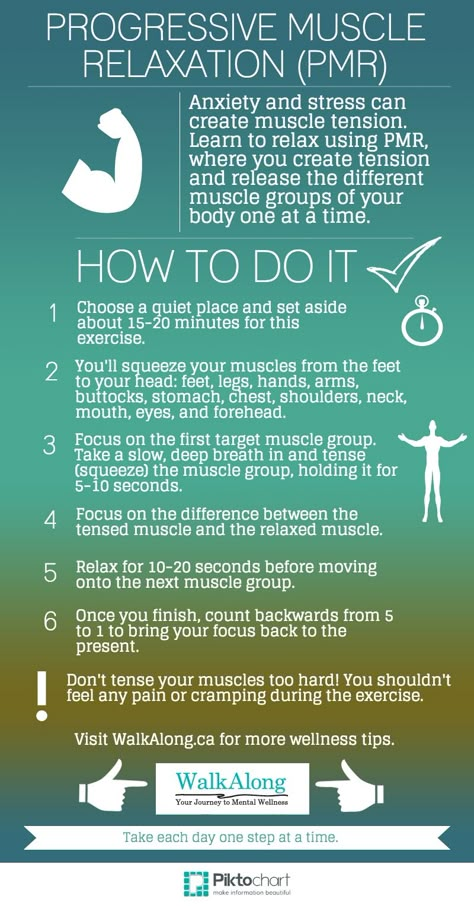 Sleep disorders in this disease include 2 main symptoms: nightmares and insomnia. Other phenomena inherent in PTSD and associated with sleep are: somnambulism, sleep-talking, hypnagogic and hypnopompic hallucinations. The changes detected by polysomnography are not specific and in some cases may be absent. Possible changes include: an increase in the representation of the 1st stage of sleep, a decrease in the representation of the 4th stage of sleep. Also, with PTSD, breathing disorders during sleep are often found. nine0003
Sleep disorders in this disease include 2 main symptoms: nightmares and insomnia. Other phenomena inherent in PTSD and associated with sleep are: somnambulism, sleep-talking, hypnagogic and hypnopompic hallucinations. The changes detected by polysomnography are not specific and in some cases may be absent. Possible changes include: an increase in the representation of the 1st stage of sleep, a decrease in the representation of the 4th stage of sleep. Also, with PTSD, breathing disorders during sleep are often found. nine0003
Agoraphobia can also be a manifestation of anxiety disorders, which is defined as anxiety that occurs in response to situations, the way out of which, according to the patient, is difficult. In the clinical picture, as a rule, there is a persistent fear of the patient to be in a crowded place, public places (shops, open squares and streets, theaters, cinemas, concert halls, workplaces), fear of independent long trips (by various modes of transport). The situational component of the agoraphobia syndrome is expressed in the confinement of phobic experiences to certain situations and in the fear of getting into situations in which, according to patients, a repetition of painful sensations is likely.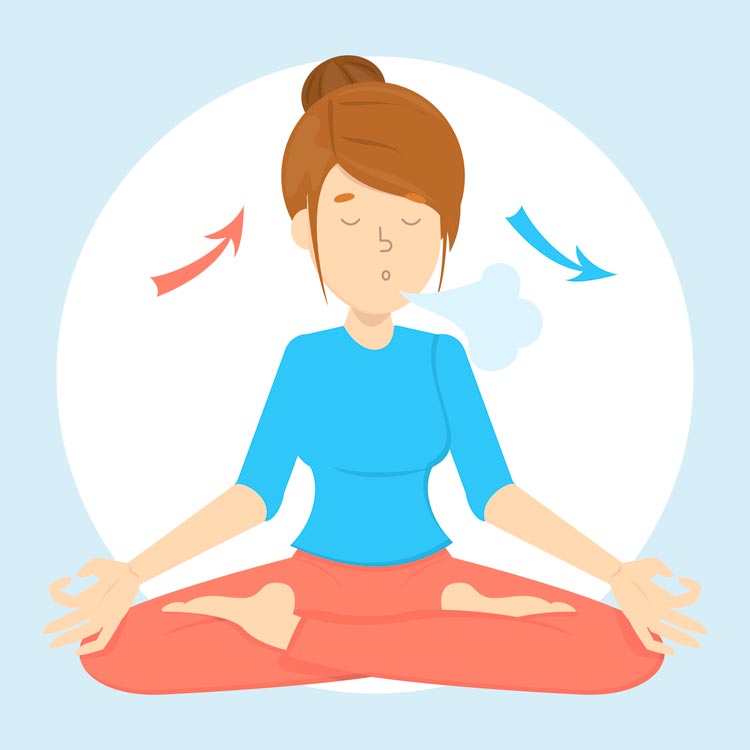 Often, agoraphobic symptoms cover many fears of various situations, forming panagoraphobia - the fear of leaving the house with the development of deep social maladaptation. There are attempts by the patient to overcome their own experiences, in adverse cases, there is a restriction of social activity. nine0003
Often, agoraphobic symptoms cover many fears of various situations, forming panagoraphobia - the fear of leaving the house with the development of deep social maladaptation. There are attempts by the patient to overcome their own experiences, in adverse cases, there is a restriction of social activity. nine0003
Specific phobias are characterized by an association of anxiety with certain situations (air travel, contact with animals, the sight of blood, etc.), also accompanied by an avoidance reaction. Patients are critical of their experiences, however, phobias have a significant impact on various areas of activity of patients. There are the following forms: cardiophobia, cancerophobia, claustrophobia, etc. Sleep disturbances in these patients are non-specific, and from the point of view of the patient, they are a minor manifestation of the disease. nine0003
In general, the most common manifestations of sleep disturbances in anxiety states are presomnic disorders. The initial phase of sleep consists of 2 components: drowsiness, a kind of craving for sleep, and actually falling asleep.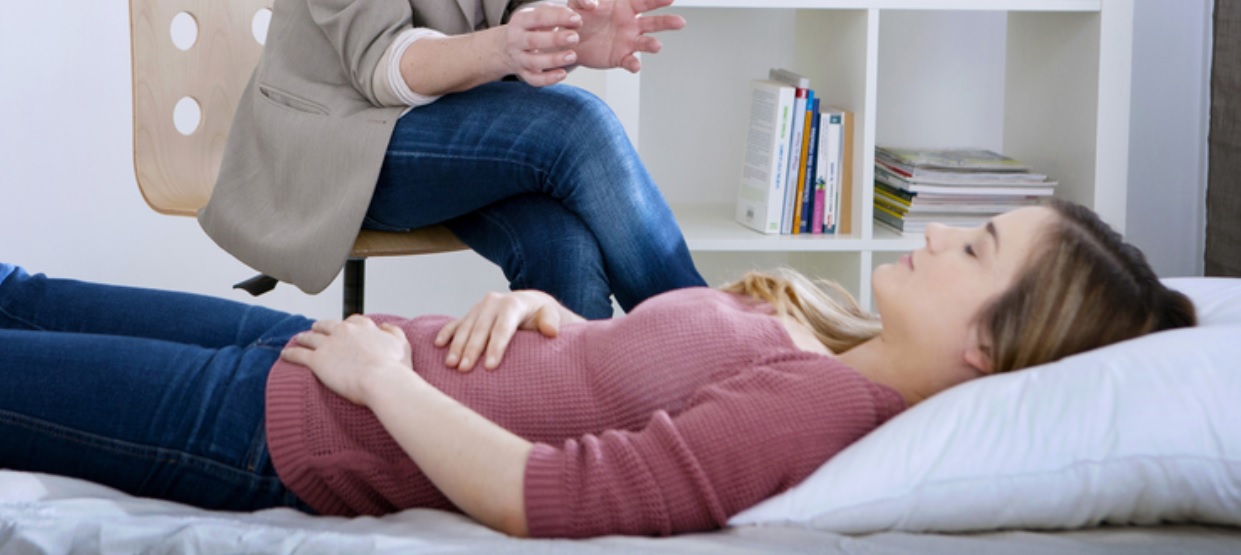 Often, patients have no desire to sleep, no desire to sleep, muscle relaxation does not occur, they have to perform various actions aimed at falling asleep. In other cases, there is an inclination to sleep, but its intensity is reduced, drowsiness becomes intermittent, undulating. Drowsiness occurs, the muscles relax, the perception of the environment decreases, the patient takes a comfortable position for falling asleep, and a slight drowsiness appears, but soon it is interrupted, disturbing thoughts and ideas arise in the mind. In the future, the state of wakefulness is again replaced by mild drowsiness and superficial drowsiness. Such changes in states can be repeated several times, leading to emotional discomfort that prevents the onset of sleep. nine0003
Often, patients have no desire to sleep, no desire to sleep, muscle relaxation does not occur, they have to perform various actions aimed at falling asleep. In other cases, there is an inclination to sleep, but its intensity is reduced, drowsiness becomes intermittent, undulating. Drowsiness occurs, the muscles relax, the perception of the environment decreases, the patient takes a comfortable position for falling asleep, and a slight drowsiness appears, but soon it is interrupted, disturbing thoughts and ideas arise in the mind. In the future, the state of wakefulness is again replaced by mild drowsiness and superficial drowsiness. Such changes in states can be repeated several times, leading to emotional discomfort that prevents the onset of sleep. nine0003
In a number of patients, experiences about disturbed sleep can acquire an overvalued hypochondriacal coloration and come to the fore according to the mechanisms of actualization, often there is an obsessive fear of insomnia - agripnophobia. It is usually combined with an anxious and painful expectation of sleep, certain requirements for others and the creation of the above-mentioned special conditions for sleep.
It is usually combined with an anxious and painful expectation of sleep, certain requirements for others and the creation of the above-mentioned special conditions for sleep.
Anxiety depression is characterized by the patient's constant experience of anxiety, a sense of impending danger and insecurity. Anxious experiences change: anxiety about their loved ones, fears about their condition, their actions. The structure of anxious depression, as a rule, includes anxiety, feelings of guilt, motor restlessness, fussiness, fluctuations in affect with worsening in the evening, and somatovegetative symptoms. Anxious and melancholy affects often occur simultaneously, in many cases it is impossible to determine which of them is leading in the patient. Anxiety depression is most often found in people of involutionary age and proceeds according to the type of protracted phases. In addition, it is actually the leading type of neurotic depression [10]. nine0003
The patient exhibits a variety of symptoms of anxiety and depression.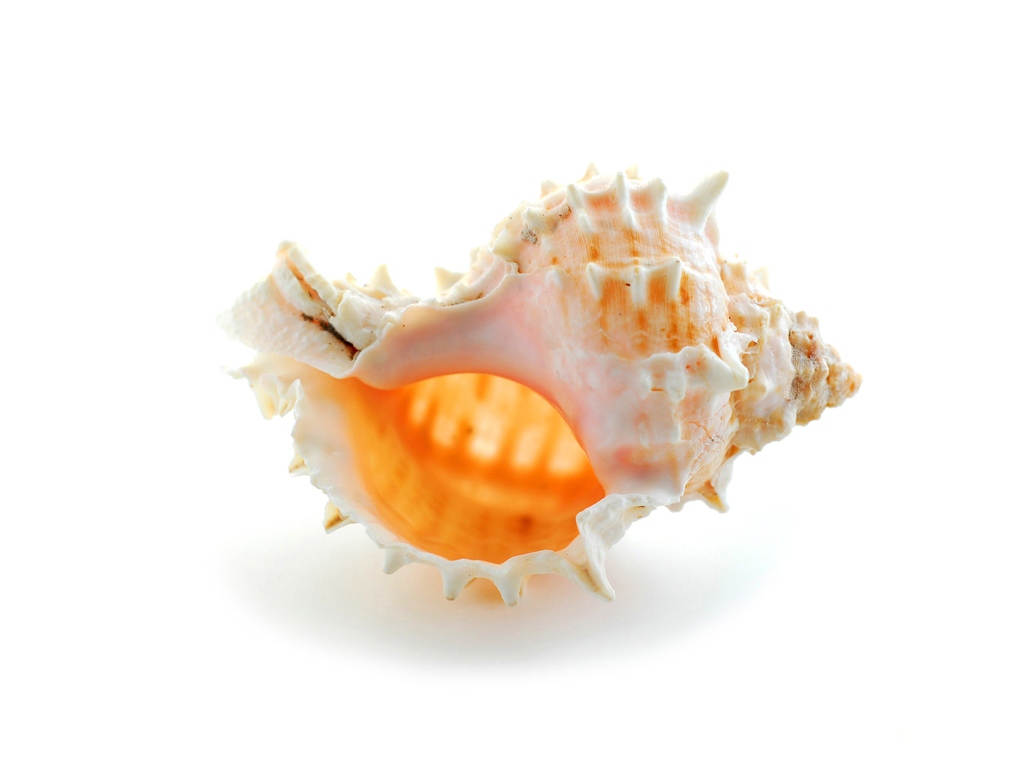 Initially, one or more physical symptoms (eg, fatigue, pain, sleep disturbances) may be present. Further questioning allows us to state a depressive mood and/or anxiety.
Initially, one or more physical symptoms (eg, fatigue, pain, sleep disturbances) may be present. Further questioning allows us to state a depressive mood and/or anxiety.
Signs of anxiety depression:
- depressed mood;
- loss of interest;
- severe anxiety.
The following symptoms are also often seen: nine0003
- sleep disorders;
- physical weakness and loss of energy;
- fatigue or decreased activity;
- difficulty concentrating, fidgeting;
- impaired concentration;
- excitation or retardation of movements or speech;
- appetite disorders;
- dry mouth;
- tension and anxiety;
- irritability; nine0070
- tremor;
- heartbeat;
- dizziness;
- suicidal thoughts.
Often with anxiety depression, variants of presomnic disorders are observed, in which the desire to sleep is pronounced, drowsiness increases rapidly, and the patient falls asleep relatively easily, but wakes up suddenly after 5-10 minutes, drowsiness completely disappears, and then within 1-2 hours he does not can fall asleep.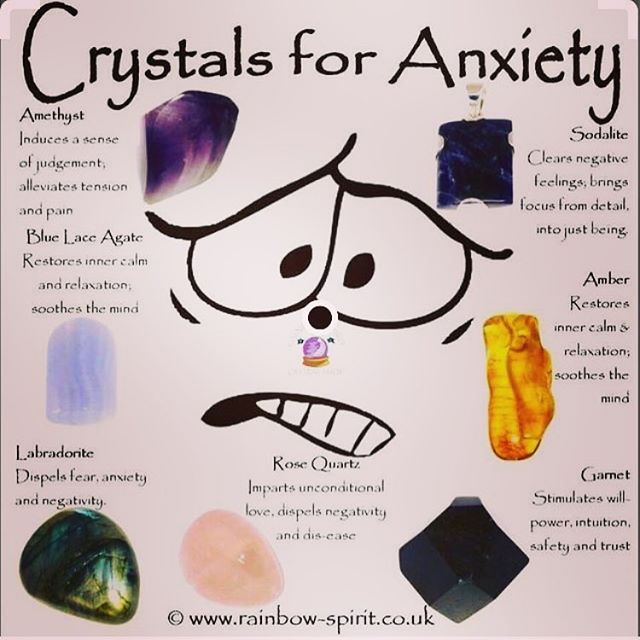 This period without sleep is characterized by unpleasant ideas, thoughts, fears, reflecting to a greater or lesser extent the experienced conflict situation and the reaction to the inability to sleep. There is also hyperesthesia to sensory stimuli. Those suffering from this form of sleep disorder react extremely painfully to the slightest sensory stimuli, up to flashes of affect. nine0003
This period without sleep is characterized by unpleasant ideas, thoughts, fears, reflecting to a greater or lesser extent the experienced conflict situation and the reaction to the inability to sleep. There is also hyperesthesia to sensory stimuli. Those suffering from this form of sleep disorder react extremely painfully to the slightest sensory stimuli, up to flashes of affect. nine0003
For disturbed falling asleep, lengthening of the drowsy period is characteristic. This drowsy state is often accompanied by motor, sensory and visceral automatisms, sharp shudders, vivid perceptions of sounds and visual images, palpitations, sensations of muscle spasms. Often these phenomena, awakening the patient, cause various painful ideas and fears, sometimes acquiring an obsessive character.
Sleep disorders and their polysomnographic manifestations among mental illnesses are the most studied for depressive disorder. Among the sleep disorders in depressive disorder, insomnia is the most common.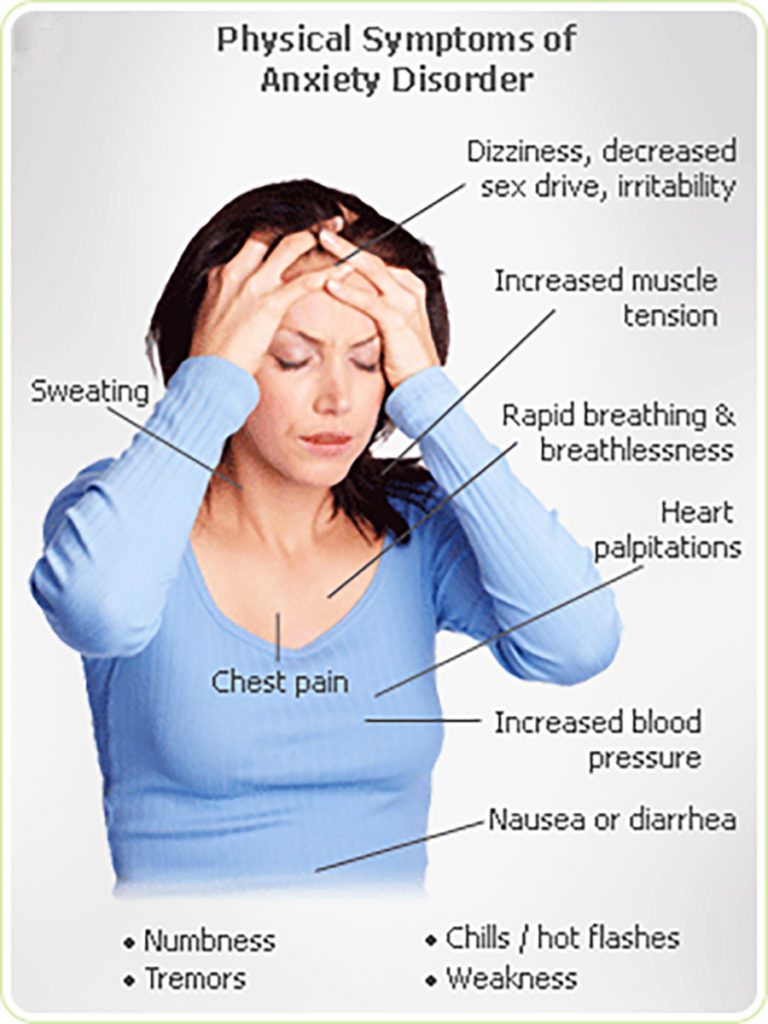 The severity and duration of insomnia are manifestations of a more severe depressive disorder, and the appearance of insomnia during remission indicates the imminent occurrence of a recurrent depressive episode [1]. In addition, sleep disorders in this disease are the most persistent symptom. The close relationship of this disorder with sleep disorders is explained by the biochemical processes characteristic of depression. In particular, in depressive disorder, there is a decrease in the level of serotonin, which plays a role in the initiation of REM sleep and the organization of delta sleep [11]. Depressive disorder is characterized by the following manifestations of sleep disturbances: difficulty falling asleep [10], non-restorative sleep, as a rule, reduced total sleep time. The most specific symptoms for depression are frequent nocturnal awakenings and early terminal awakenings. Complaints about difficulty falling asleep are more often observed in young patients, and frequent awakenings are more characteristic of the elderly [12].
The severity and duration of insomnia are manifestations of a more severe depressive disorder, and the appearance of insomnia during remission indicates the imminent occurrence of a recurrent depressive episode [1]. In addition, sleep disorders in this disease are the most persistent symptom. The close relationship of this disorder with sleep disorders is explained by the biochemical processes characteristic of depression. In particular, in depressive disorder, there is a decrease in the level of serotonin, which plays a role in the initiation of REM sleep and the organization of delta sleep [11]. Depressive disorder is characterized by the following manifestations of sleep disturbances: difficulty falling asleep [10], non-restorative sleep, as a rule, reduced total sleep time. The most specific symptoms for depression are frequent nocturnal awakenings and early terminal awakenings. Complaints about difficulty falling asleep are more often observed in young patients, and frequent awakenings are more characteristic of the elderly [12]. nine0003
nine0003
With masked depression, complaints of sleep disturbances may be the only manifestation of the disease. In depression, in contrast to primary insomnia, there are complaints of sleep disturbances typical of this disease: frequent awakenings, early morning awakening, etc. [12].
In polysomnographic study, the following changes are observed: an increase in the time to fall asleep, a decrease in sleep efficiency. The most common and depressive disorder-specific symptoms are shortened REM sleep latency and reduced delta sleep. It has been found that patients with a higher proportion of delta sleep stay in remission longer than those with a decrease in the proportion of delta sleep [13]. nine0003
Attempts have been made to explore the possibility of using depression-specific sleep disturbances as markers of depressive disorder. Due to the heterogeneity of the manifestations of sleep disorders, this issue remains not fully resolved.
The features of sleep disorders in various types of depression were also highlighted. For patients with a predominance of the anxious component, difficulty falling asleep and early awakenings are more characteristic. With this type of depression, dream plots are associated with persecution, threats, etc. In addition, in these patients, in general, there was a high level of wakefulness before falling asleep. For depressions with the leading affect of melancholy, early morning awakenings and dreams of static types of gloomy content are most characteristic. Depression with the affect of apathy is characterized by early awakenings and rare, unsaturated dreams. Also typical of depression with apathetic affect is the loss of a sense of boundaries between sleep and wakefulness. Patients with bipolar disorder have a similar polysomnographic pattern [14]. nine0003
For patients with a predominance of the anxious component, difficulty falling asleep and early awakenings are more characteristic. With this type of depression, dream plots are associated with persecution, threats, etc. In addition, in these patients, in general, there was a high level of wakefulness before falling asleep. For depressions with the leading affect of melancholy, early morning awakenings and dreams of static types of gloomy content are most characteristic. Depression with the affect of apathy is characterized by early awakenings and rare, unsaturated dreams. Also typical of depression with apathetic affect is the loss of a sense of boundaries between sleep and wakefulness. Patients with bipolar disorder have a similar polysomnographic pattern [14]. nine0003
Features of sleep disturbance in bipolar disorder are a significant decrease in the duration of sleep during a manic episode and a greater tendency of patients to hypersomnia during depressive episodes compared with the unipolar course of the disorder.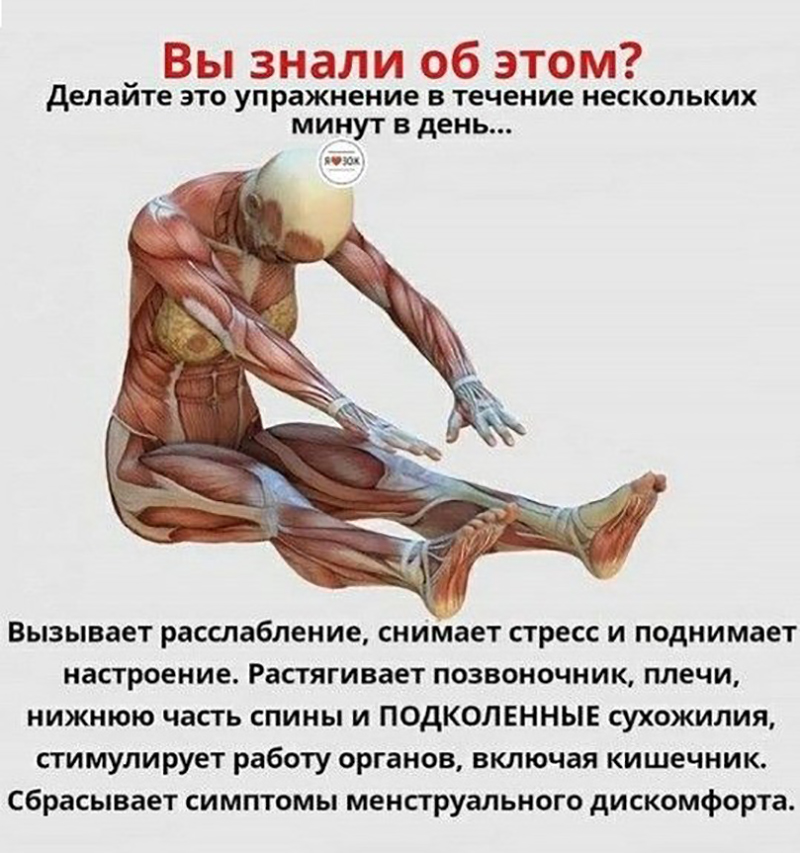 Complaints of sleep disturbances during manic episodes are usually absent.
Complaints of sleep disturbances during manic episodes are usually absent.
Treatment
For the treatment of anxiety and depressive disorders, drugs of various pharmacological groups are used: tranquilizers (mainly long-acting or short-acting benzodiazepine drugs), selective serotonin reuptake inhibitors, selective serotonin reuptake stimulants, tricyclic antidepressants. All these drugs, to one degree or another, affect a person’s sleep, making it easier to fall asleep, reducing the number and duration of nocturnal awakenings, thereby affecting the recovery processes that occur during a night’s sleep. When constructing tactics for the treatment of sleep disorders associated with anxiety and depressive manifestations, it is important to remember that insomnia itself can increase anxiety, worsen well-being, mood, as a rule, in the morning hours after poor sleep [15]. In this regard, the use of hypnotics in the treatment may be promising in the presence of a predominance of insomnia symptoms in the clinical picture in order to prevent exacerbation of anxiety and depressive disorders.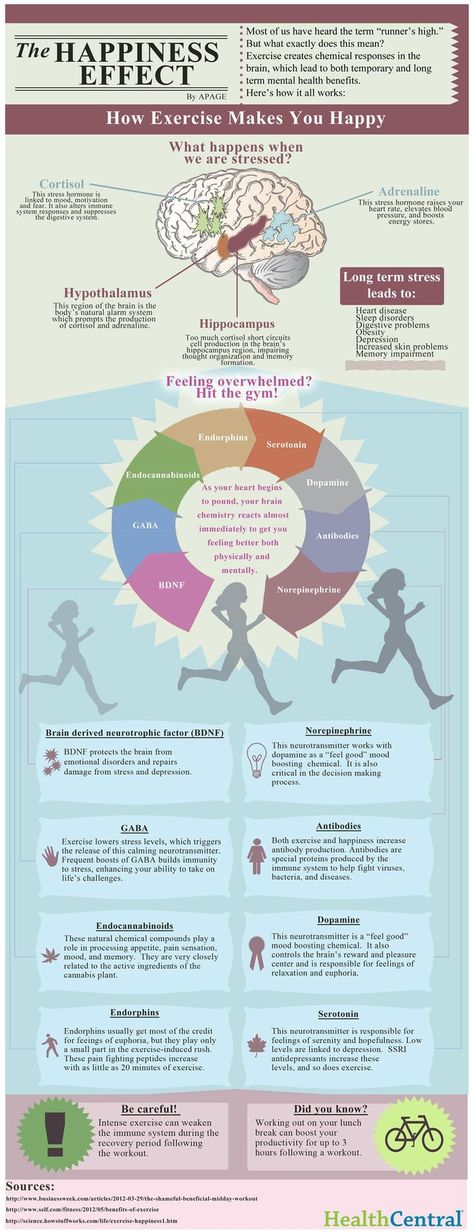 In this regard, the most effective helpers can be sleeping pills that affect the GABAergic (GABA - γ-aminobutyric acid) system - histamine receptor blockers (Valocordin®-Doxylamine) and melatonin preparation. The most convenient to use in the treatment of insomnia is Valocordin®-Doxylamine, which is available in drops, which allows you to select an individual dose of the drug. nine0003
In this regard, the most effective helpers can be sleeping pills that affect the GABAergic (GABA - γ-aminobutyric acid) system - histamine receptor blockers (Valocordin®-Doxylamine) and melatonin preparation. The most convenient to use in the treatment of insomnia is Valocordin®-Doxylamine, which is available in drops, which allows you to select an individual dose of the drug. nine0003
Valocordin®-Doxylamine is a unique drug used as a hypnotic. Most known hypnotic drugs (benzodiazepines, cyclopyrrolones, imidazopyridines, etc.) act on the GABAergic complex, activating the activity of somnogenic systems, while histamine receptor blockers act on wakefulness systems, not sleep ones, reducing their activation. A fundamentally different mechanism of hypnotic action makes it possible to use Valocordin®-Doxylamine more widely: when changing one drug to another, reducing the dosages of "habitual hypnotics", and also, if necessary, canceling hypnotics. nine0003
A drug study conducted on healthy subjects showed that doxylamine succinate leads to a decrease in the duration of nocturnal awakenings and stage 1 sleep and an increase in stage 2 without a significant effect on the duration of stages 3 and 4 sleep and REM sleep.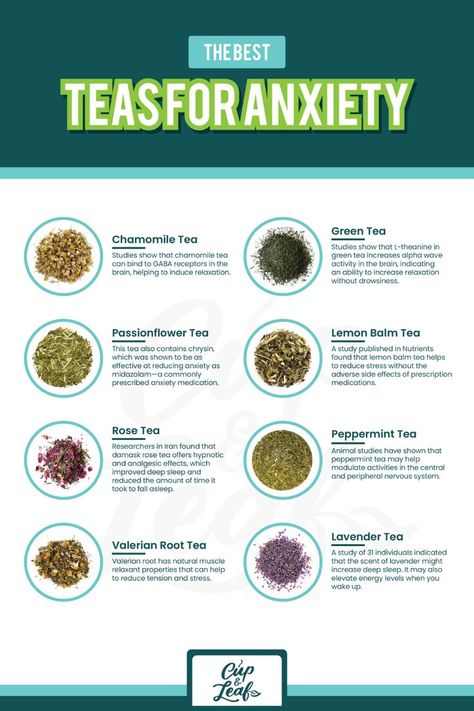 There was no significant subjective effect on the reports of healthy volunteers, however, compared with placebo, doxylamine increased the depth of sleep and improved its quality [16].
There was no significant subjective effect on the reports of healthy volunteers, however, compared with placebo, doxylamine increased the depth of sleep and improved its quality [16].
In Russia, one of the first studies was carried out under the supervision of A.M. Wayne [17]. It has been shown that under the influence of doxylamine such subjective characteristics of sleep as the duration of falling asleep, the duration and quality of sleep, the number of night awakenings and the quality of morning awakenings improve. An analysis of the objective characteristics of sleep showed that while taking doxylamine, there was a reduction in the time of wakefulness during sleep, a decrease in the duration of falling asleep, an increase in the duration of sleep, the time of the REM sleep phase, and the sleep quality index. It was also shown that doxylamine did not reduce the effectiveness of other drugs in patients, such as antihypertensive, vasoactive, etc. The results of a study of the effect of doxylamine on patients with insomnia indicate the effectiveness of this drug in these patients.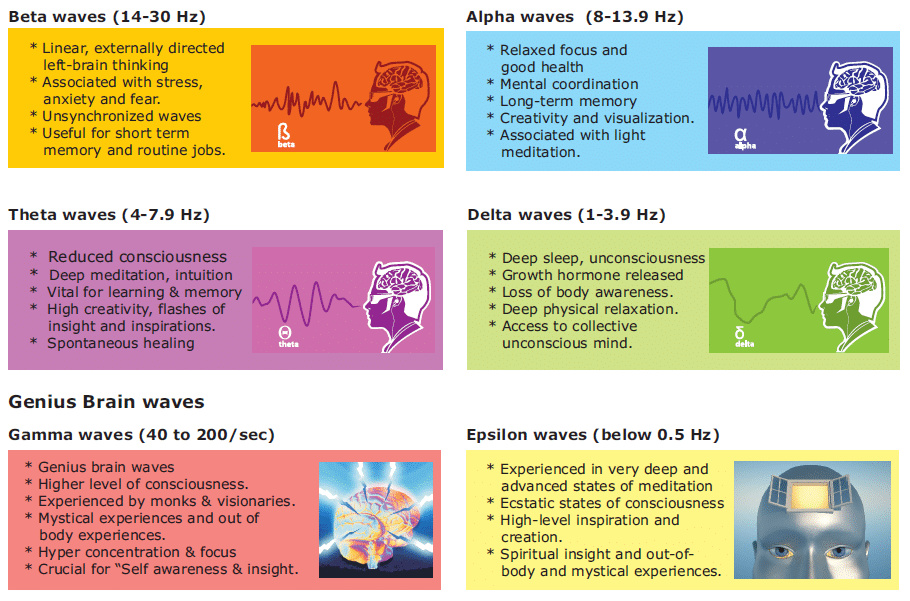 Subjective feelings of a positive effect are confirmed by objective studies of the structure of sleep, which undergoes positive shifts, which affect such indicators as sleep duration, falling asleep duration, REM sleep phase. Of great importance is also the absence of any changes in the results of personal data regarding drowsiness and sleep apnea syndrome, which indicates the absence of an aftereffect of the drug in relation to the worsening of the course of obstructive sleep apnea syndrome. However, if obstructive sleep apnea is suspected, doxylamine should be used with caution. nine0003
Subjective feelings of a positive effect are confirmed by objective studies of the structure of sleep, which undergoes positive shifts, which affect such indicators as sleep duration, falling asleep duration, REM sleep phase. Of great importance is also the absence of any changes in the results of personal data regarding drowsiness and sleep apnea syndrome, which indicates the absence of an aftereffect of the drug in relation to the worsening of the course of obstructive sleep apnea syndrome. However, if obstructive sleep apnea is suspected, doxylamine should be used with caution. nine0003
Modern clinical studies do not reveal serious side effects in the treatment of therapeutic doses of the drug, but it is always necessary to remember the possible appearance of symptoms that arise due to the individual characteristics of the body, and contraindications (glaucoma; difficulty urinating due to benign prostatic hyperplasia; age up to 15 years; increased drug sensitivity).
Simultaneous administration of the drug Valocordin®-Doxylamine and sedative drugs that affect the central nervous system (CNS): neuroleptics, tranquilizers, antidepressants, hypnotics, analgesics, anesthetics, antiepileptic drugs, may enhance their effect.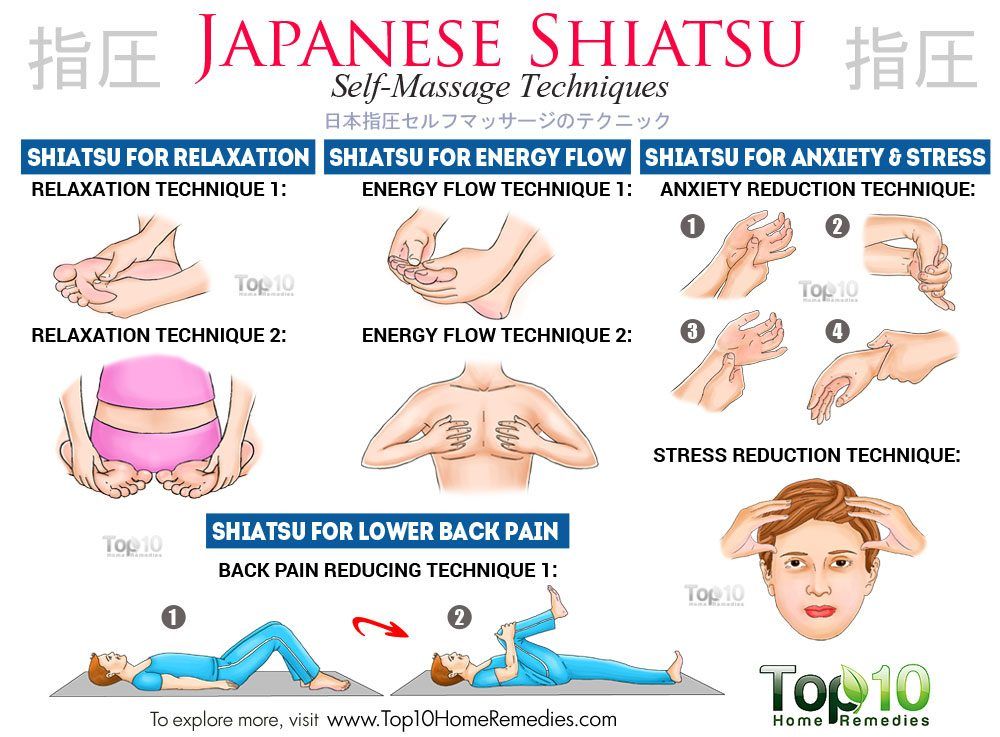 Procarbazines and antihistamines should be combined with caution to minimize CNS depression and possible drug potentiation. During treatment with Valocordin®-Doxylamine, alcohol should be avoided as it may unpredictably affect the effects of doxylamine succinate. nine0003
Procarbazines and antihistamines should be combined with caution to minimize CNS depression and possible drug potentiation. During treatment with Valocordin®-Doxylamine, alcohol should be avoided as it may unpredictably affect the effects of doxylamine succinate. nine0003
During the use of this drug, it is recommended to exclude driving a car and working with mechanisms, as well as other activities accompanied by an increased risk, at least at the first stage of treatment. The attending physician is advised to evaluate the individual reaction rate when choosing a dose. It is important to consider these features of the effect of the drug in the treatment of patients with insomnia in order to increase the effectiveness of Valocordin®-Doxylamine and exclude possible undesirable effects. nine0003
Conclusion
When diagnosing a disease, it is important to remember that, as a rule, problems falling asleep indicate the presence of severe anxiety, early awakenings are a manifestation of depression.